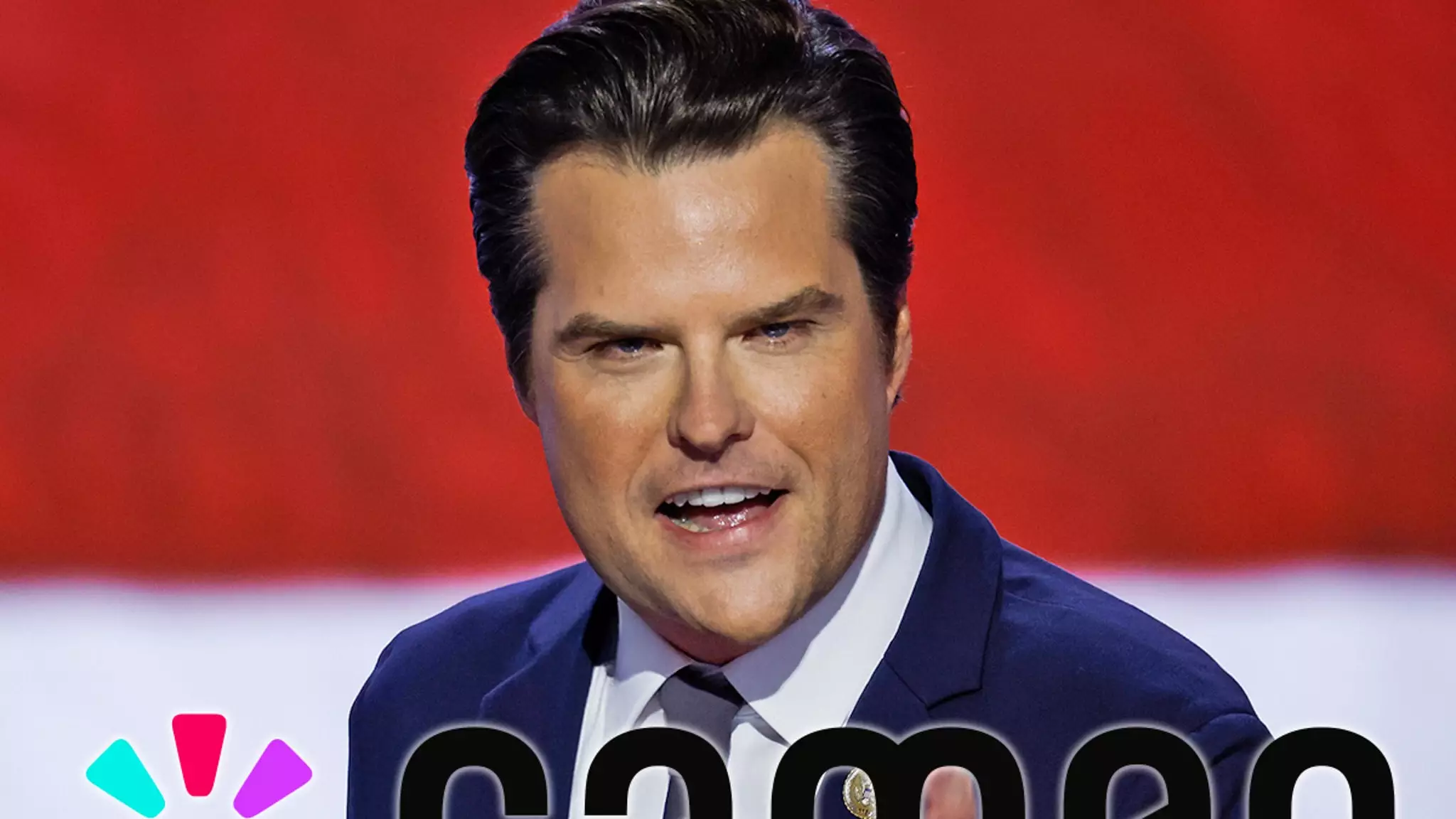The past few weeks for Matt Gaetz have unfolded like a drama-filled reality show, shifting from high-profile political aspirations to making a name for himself on Cameo. Initially, Gaetz found himself in the spotlight as a potential candidate for the position of attorney general under Donald Trump—a move that caught many off guard given his tumultuous recent history. Not only was Gaetz one of Trump’s staunchest supporters, but he had also been embroiled in controversies surrounding allegations of sexual misconduct.
This scenario raised questions about Trump’s judgment and the political implications that could arise from such a nomination. However, that storyline took a swift turn when Gaetz opted to withdraw from the race for ostensibly being a potential “distraction” to Trump’s campaign. With no parliamentary seat to fall back on—having relinquished his position in Congress for the AG role—Gaetz found himself at a career crossroads.
A Shift to the Digital Sphere
In most circles, a sudden and public withdrawal from national politics would spell doom for a political career, but for Gaetz, the transition took an unexpected turn. With his political prospects on hold, he swiftly pivoted towards the digital marketplace, specifically the Cameo app, a platform where fans can pay for personalized video messages from celebrities. At a steep price of $525 per video, Gaetz is attempting to carve out a niche for himself in the realm of personal shout-outs.
His Cameo profile paints a humorous picture of his career trajectory. It reflects self-awareness that might be unexpected given his brash public persona: “I served in Congress. Trump nominated me to be US Attorney General (that didn’t work out). Once I fired the House Speaker.” This short, tongue-in-cheek description captures the bizarre yet poignant fluctuations of a once-prominent political figure now relegated to offering video clips to the highest bidder.
Interestingly, Gaetz’s move to Cameo highlights a growing trend among former politicians and celebrities who are looking to monetize their past fame in a more accessible market. A notable comparison is drawn with disgraced former Congressman George Santos, who has also found refuge on the platform. However, Santos’ lower pricing strategy—charging around $250—may suggest differing levels of demand and public perception.
Moreover, the implications of Gaetz’s venture into this space raise questions about the long-term viability of his career. While some former Congress members successfully transition to various media roles or lobbyist positions, Gaetz’s situation seems uniquely precarious; his reputation remains marred by serious allegations, making a political comeback challenging.
As the landscape of American politics continues to shift, Gaetz’s journey embodies the complexities of celebrity culture in the political realm. It questions how figures can reintegrate themselves into society after experiencing significant public fallout. While there may be financial gains associated with Cameo, they also serve as a reminder of his political downfall—transforming a once-promising career into a series of low-stakes appearances for those willing to pay.
In the end, Gaetz’s situation invites broader reflections on the enduring nature of political persona, public perception, and the quiet desperation that can accompany the fall from grace. Moving forward, it remains to be seen whether this foray into the digital economy will pave the way for a new chapter in his life or merely serve as a footnote in the annals of modern political saga.

